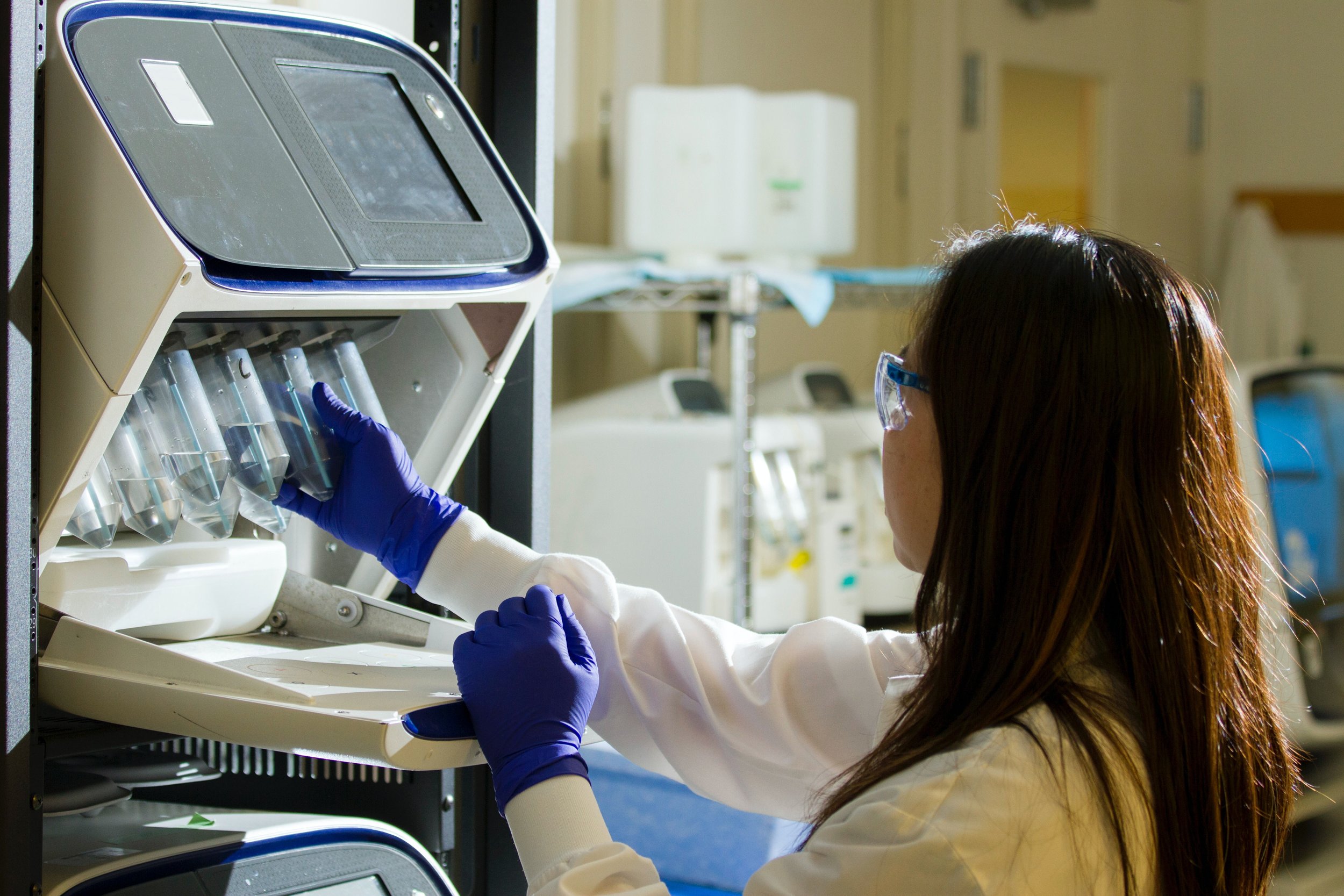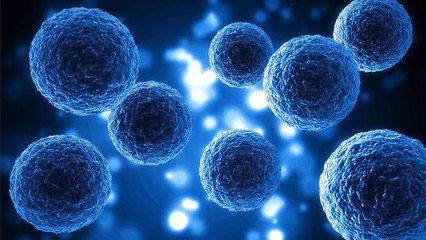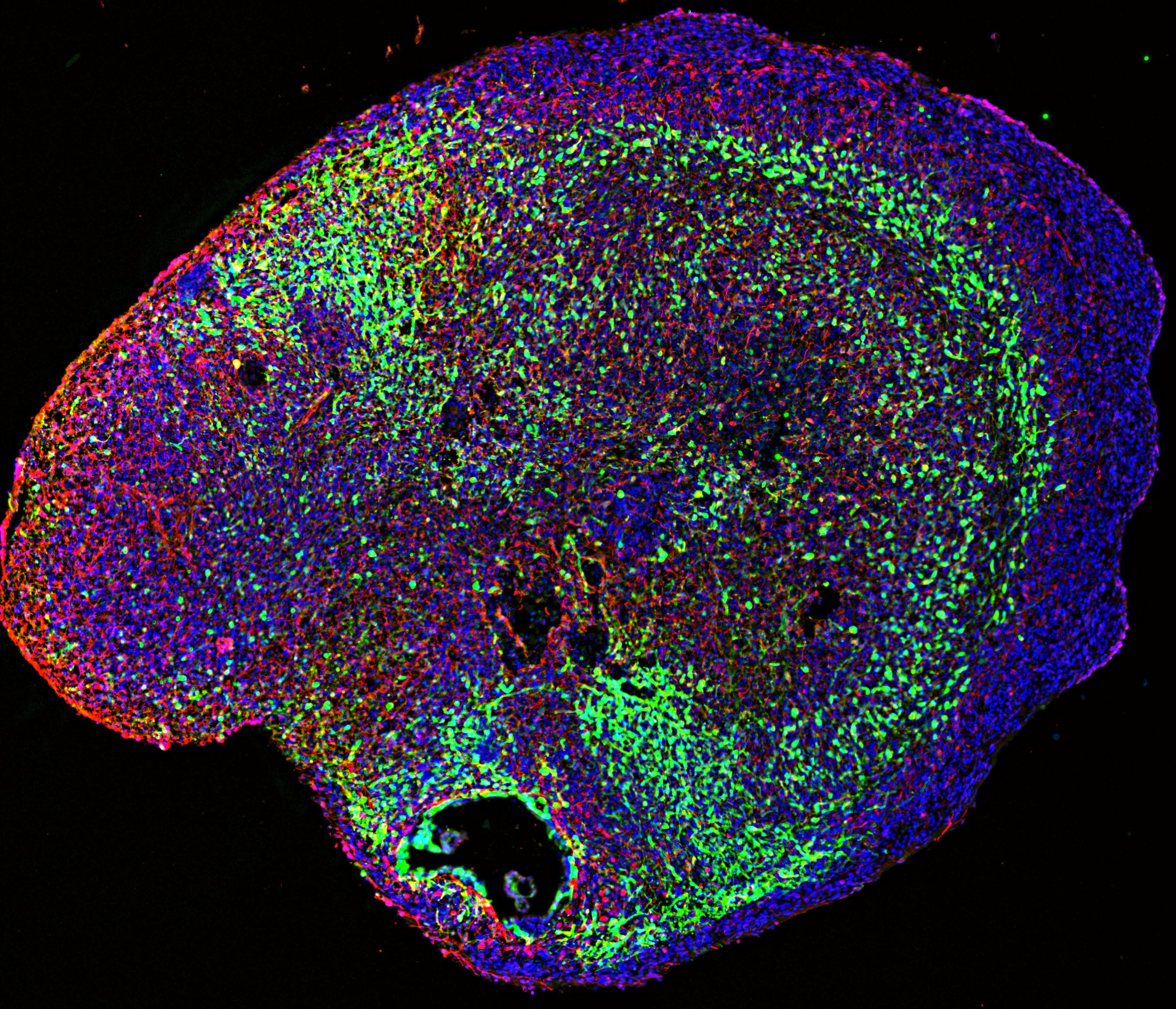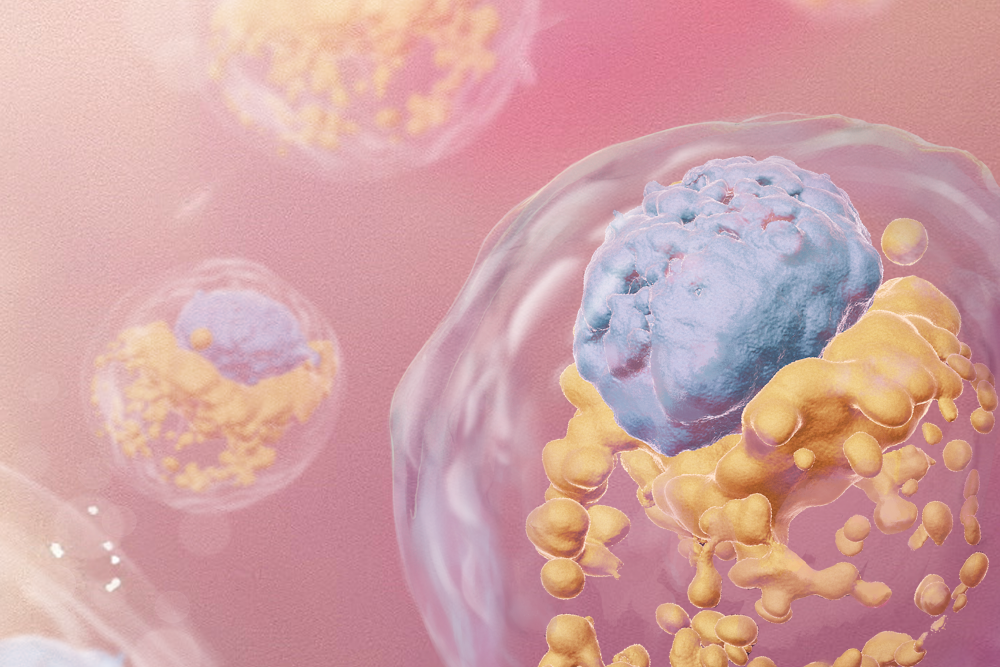Stem Cell Research
How are stem cells used in research?
Here are just a few of the ways stem cells are used in research:
To study normal human development and aging. Stem cells are used to investigate how tissues and organs form, how aging impacts their function, and their role in various diseases and conditions.
To model disease. One of the major advantages of induced pluripotent stem cells, is that they can be generated from patients with various diseases and conditions. Disease-specific stem cells are powerful tools to study the disease in a laboratory setting and test potential therapies.
To discover, develop, and test drugs. Scientists use stem cells, or models grown from them, to search for new drugs that improve their function or alter the progress of disease, as well as to test how drugs might affect different tissues or organs, or how they might affect different people.
For personalized medicine. The development of patient-specific pluripotent stem cells from an individual patient and the models that can be developed from them allow researchers to study how individual patients may respond to different drug treatments, and is also attractive for cell therapy, as these cell lines are from the patient themselves and may minimize some of the serious complications of rejection and immunosuppression.
For cell replacement. Scientists are exploring how to use stem cells to generate tissue that, when transplanted, will take the place of tissue damaged by disease, aging or injury. For example, transplantation of healthy retinal pigment epithelial cells to the eye to replace those lost in macular degeneration is now being tested in clinical trials.
For endogenous, or self, repair. Scientists are also exploring ways to stimulate self-repair, coaxing stem cells in the human body to generate healthy cells to heal damaged tissue from within or to prevent further damage.
Why are stem cells used in research?
Every single day, scientists all around the world rely on stem cells in their research across various fields of research and medicine. These cells play an essential role in our understanding of the human body and how we approach medicine. Stem cells serve as an invaluable resource for studying fundamental biological processes such as development, disease progression, tissue repair, and regeneration.
They can offer a window into the earliest stages of development, in vitro, allowing scientists to understand how organs forms and cells differentiate. Further, the remarkable ability of stem cells to develop into various specialized cell types makes them important tools for understanding normal human physiology and function. Stem cells also serve as a platform for understanding and modeling diseases in a controlled laboratory setting, allowing researchers to explore disease mechanisms and test potential therapies. Their potential in the field of medicine is also incredibly promising, as they hold the potential to serve as a source of healthy cells to repair tissues and organs damaged by injury or disease, offering hope for treating a wide range of conditions from spinal cord injuries to degenerative diseases like Parkinson's and Alzheimer's.








